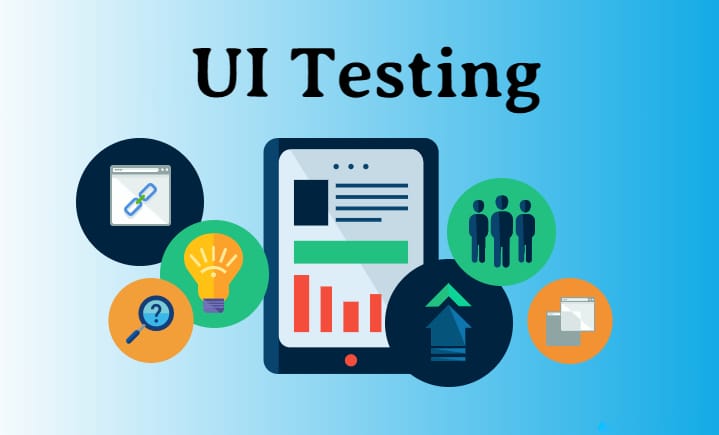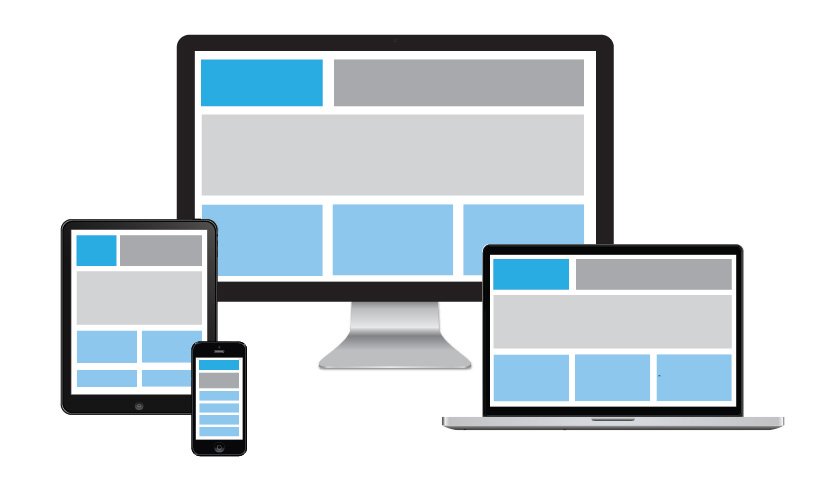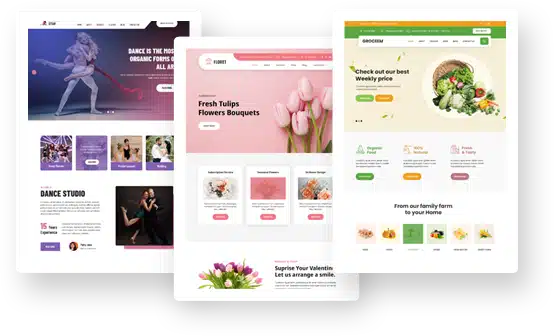An Overview on the Most Common Bugs Faced in UI Testing

83% of the information gained by human beings is through sites, so if your website compromises in visual appeal then it is an issue!
Today websites are the biggest source of communication, branding, and service providing mediums to all businesses irrespective of size and stature.
As you are intending to develop an interactive website, obviously display capture’s the spotlight and any miss in it might prove a deal-breaker.
Hence brands are focussing on UI testing in order to avoid any error in the User Interface of the system. In this blog, we will touch on the most crucial type of testing for websites which is UI Testing, and also focus on the bugs faced while performing UI Testing.
What is UI Testing?
The UI Testing or Graphical User Interface Testing is performed to check whether all the user interaction functions like the menus, graphic element alignments, images, videos, fonts, colors, forms, etc are working as per the specifications.
Also, make a point that the user interaction elements do not have any effect in the functionality of the complete website.
As the UI is the most interactive part of the website, special emphasis is put to make the website design simple and as user-friendly as possible. This is all about UI Testing and now let’s discuss the most common bugs encountered during UI Testing.
Here are the most common UI testing bugs:
Compatibility with devices
Device fragmentation issue is the elephant in the room whenever it comes to developing a website or an application. Device fragmentation is caused due to the incompatibility between the browsers and os, os and devices, browsers and os, screen sizes, form factor, etc.
The incompatibility between browsers, os, and devices will result in crashed web pages, distorted UI, nonresponsive websites, and even misbehaving website functionalities.
The remedy to this issue is cross-browser testing. In cross-browser testing, an application is tested across a variety of combinations of browsers, os, and devices.
Multiple iterations are arranged to detect the bugs. The combination of parallel testing and automation testing works magic to bring efficiency in cross-browser testing.
Responsive design

A responsive website or application is one that fits into any device or screen. A non-responsive web application while using in mobile devices or tabs would be miss-aligned and problematic while navigating.
This will cause the customers to get rid of your services. Hence responsive device testing is a must. This testing ensures that the web application under development is responsive and avails its users the benefit of using the application on all the devices.
Layout
The layout is the complete structure of a web application or mobile application and it is quite vulnerable to bugs and errors like :
- Misalignment ( elements of the form like the text or number boxes), web page title, staircase effect, double margin float bug, misbehaving floated layout, float drop bug, guillotine bug, etc.
- Missing content or images
- Overlapping (eg auto-overflow)
- Spacing (verticle spacing bug, unwanted space between the list items, linewidth, line-height)
Font
Fonts are quite vulnerable to errors as it can be human error, for example, Helvetica lite was the decided font but Helvetica regular was put by the developer
- There can be a difference in the font family used
- Font size is the other common error associated with fonts
Color
- While deciding color code, #fff was decided but the developer entered #0fff.
- The color theme might not perfectly match the organization’s aura.
- Button color should have been changed during disabling it but, the developer missed it
Conclusion
UI of a website gives the first impression for users, so we need to make a point that it is clean, simple, and user-friendly. But the UI of a website is most vulnerable as UI testing is mostly done manually hence a lot of human errors can occur.
But with the evolution of UI testing, many advanced automated tools, and test automation frameworks are coming up. So in order to avoid any errors related to UI testing, one must make use of advanced test automation platforms like pCloudy.
pCloudy is a continuous testing platform that provides both manual and automation testing. It has an independent platform for cross-browser testing of the website.
It is integrated with test automation tools like Appium to provide automated UI testing. It also provides detailed reports to check your test performance.
These features of pCloudy makes it an apt platform to assist you in developing simple seamless and user friendly UI for your website and mobile applications.

